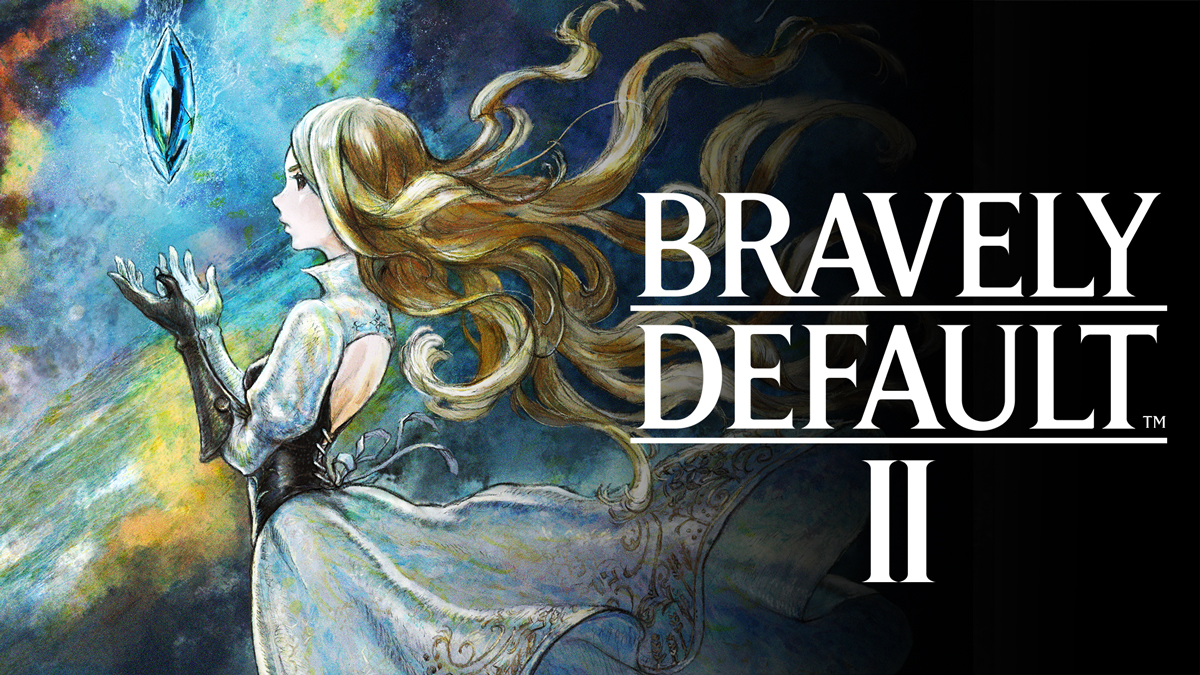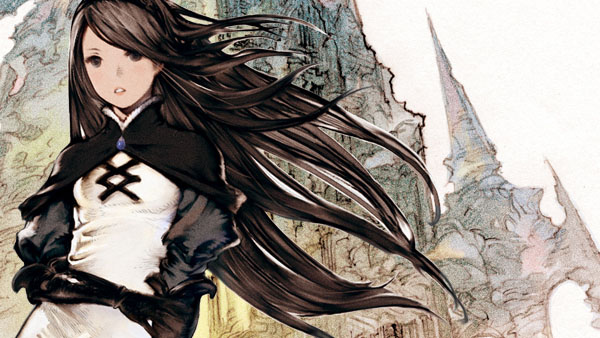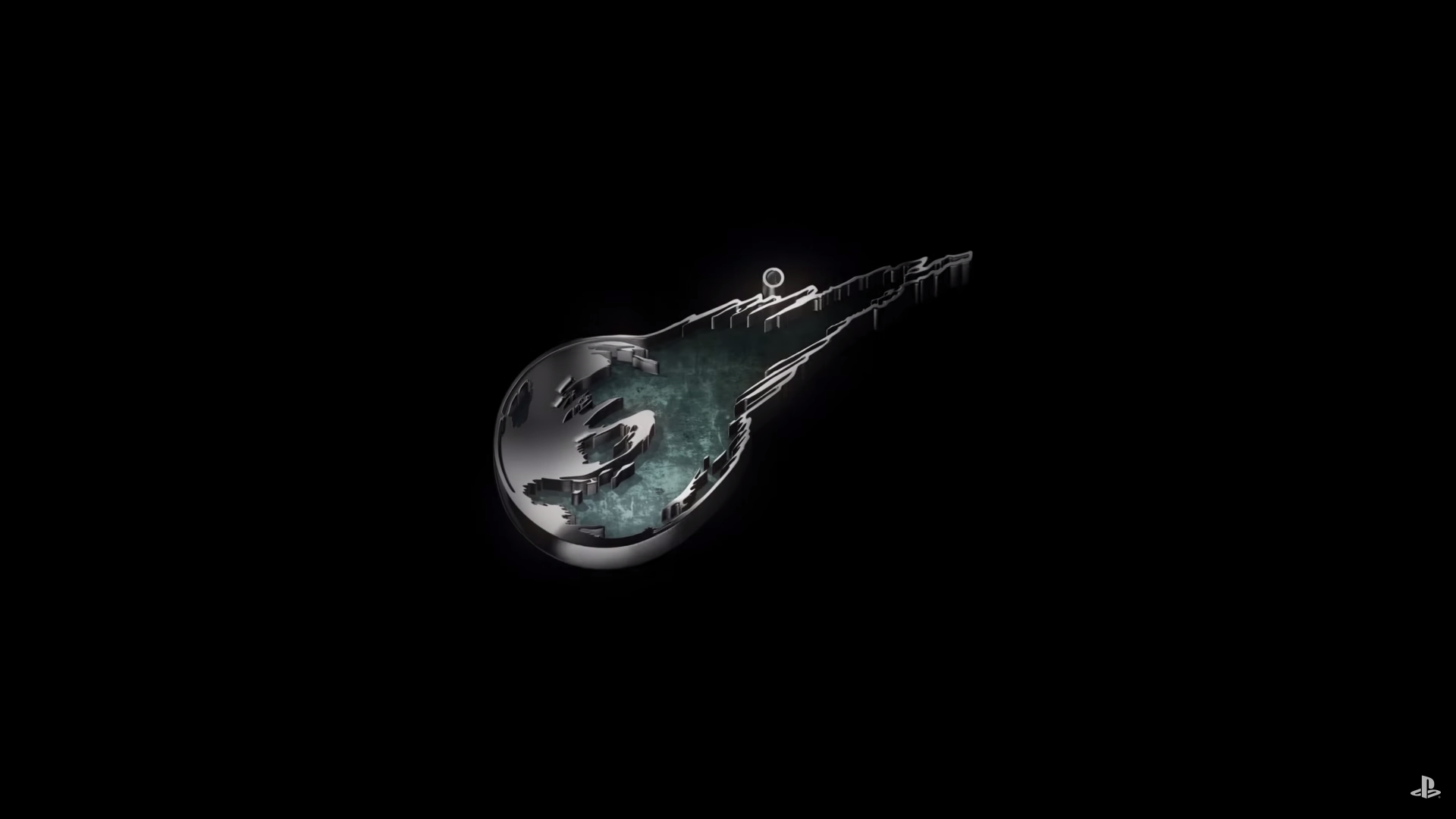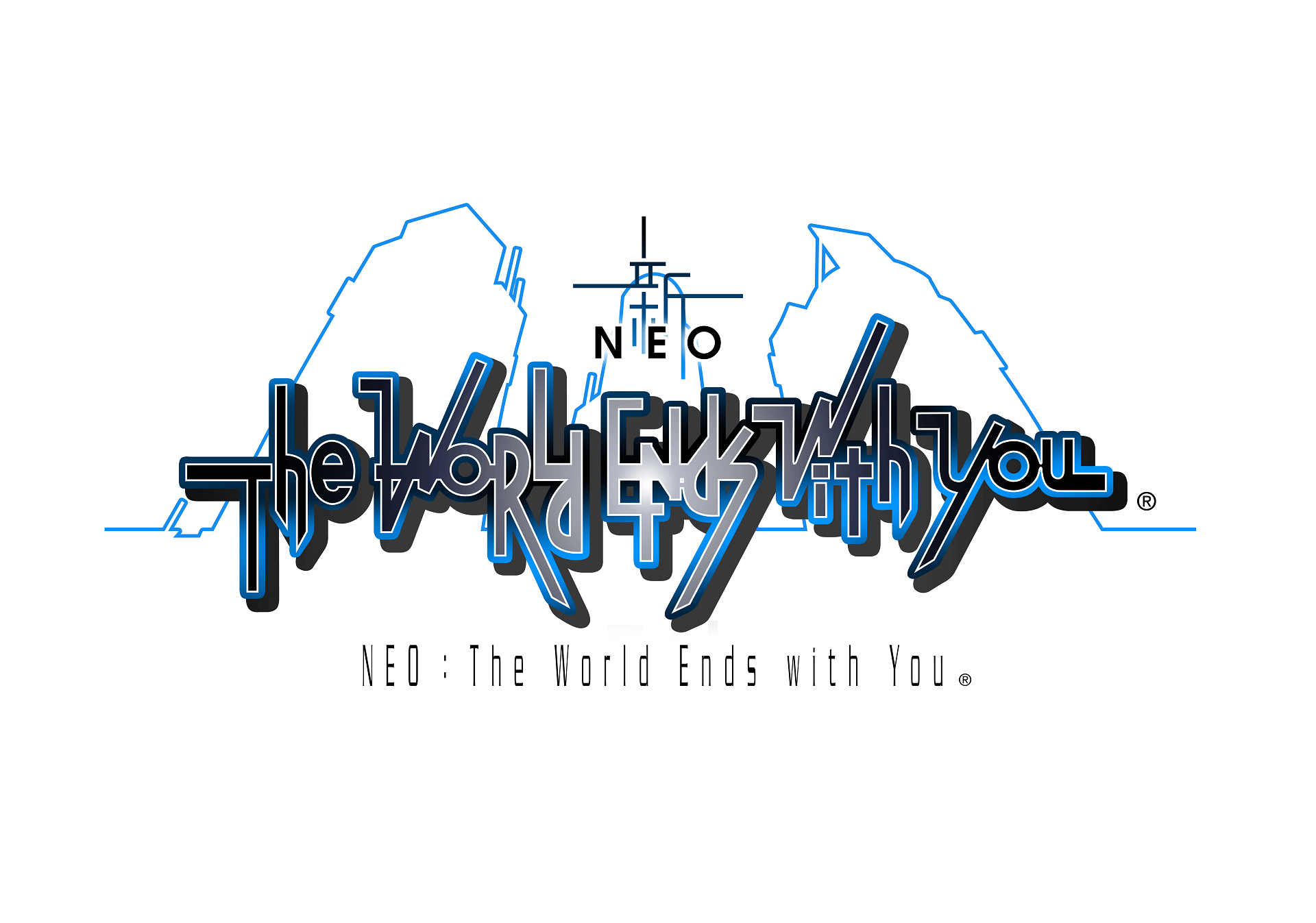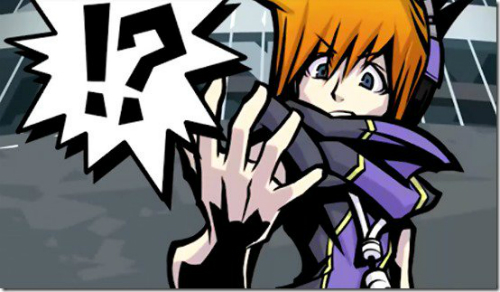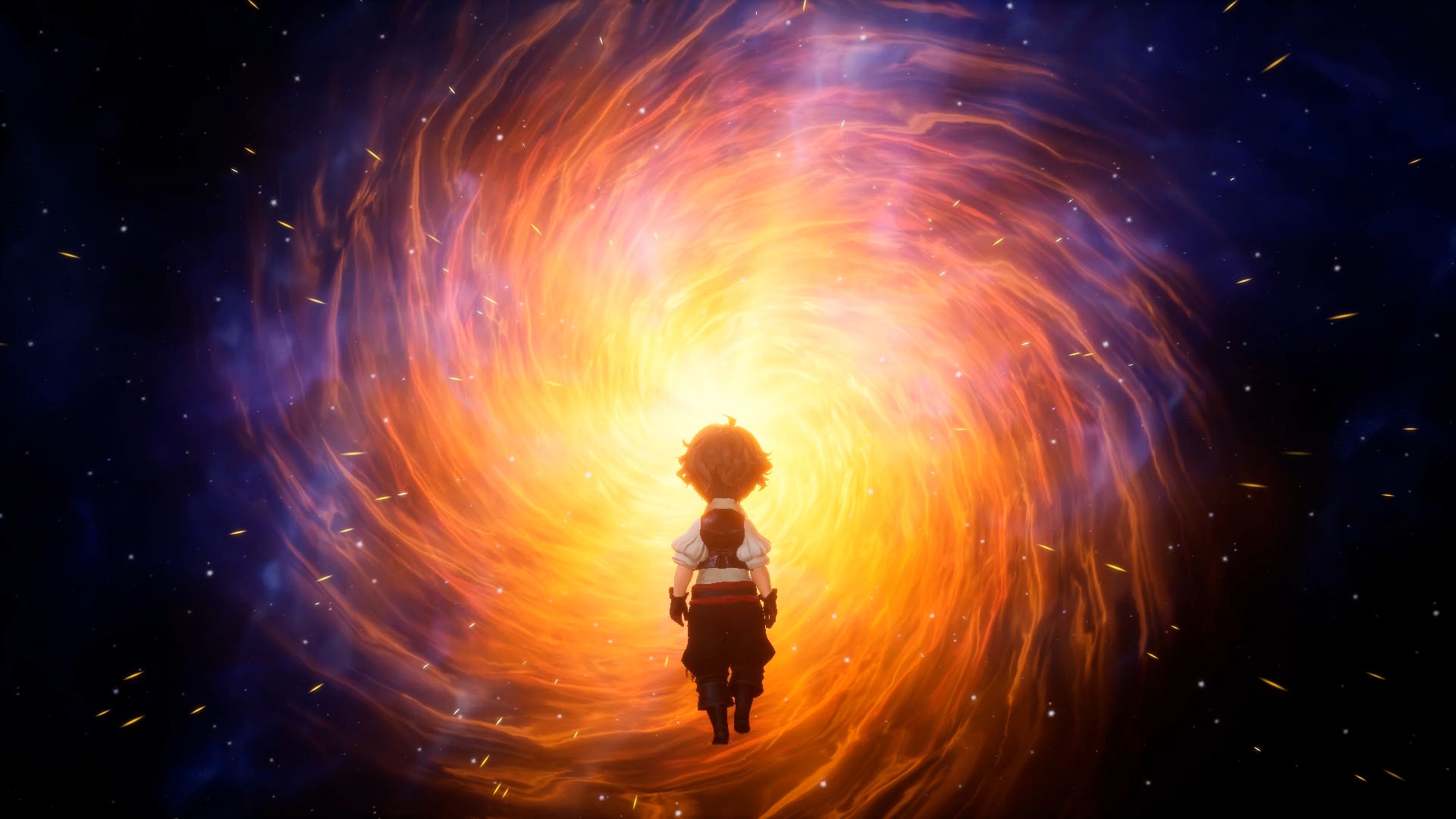
Square Enix have a history of supporting Nintendo consoles with some fantastic RPGs. Over the years we’ve seen the likes of Chrono Trigger, Final Fantasy Tactics Advance, The World Ends With You and slightly more recently, Bravely Default on the 3DS. Bravely Default was a breath of fresh air for the genre, with an innovative combat system that heavily focused on strategy and risk-reward and a story that harkened back to the Final Fantasies of old. After a sequel that fell somewhat flat, it looked like the series was destined to die, only for a Switch exclusive sequel to suddenly be announced. After spending a multitude of hours playing through the game, I found that Bravely Default II was another fantastic gameplay and narrative experience, weighed down by poor graphics, a divisive art style and lacklustre side quests.
Bravely Default II has you once again taking control od four Heroes of Light – Warriors blessed by the elemental Crystals of the world. It’s a tried and true trope of the Bravely Default series and older Final Fantasy games, but one that feels surprisingly fresh, given it has largely fallen out of vogue. You’ll take control of Seth, Gloria, Elvis and Adelle, as you move to reclaim the four elemental Crystals that were stolen from the once-Princess Gloria’s now destroyed Kingdom of Musa. It all sounds a little standard fare at face value, but the story is anything but standard when you get deeper into it.
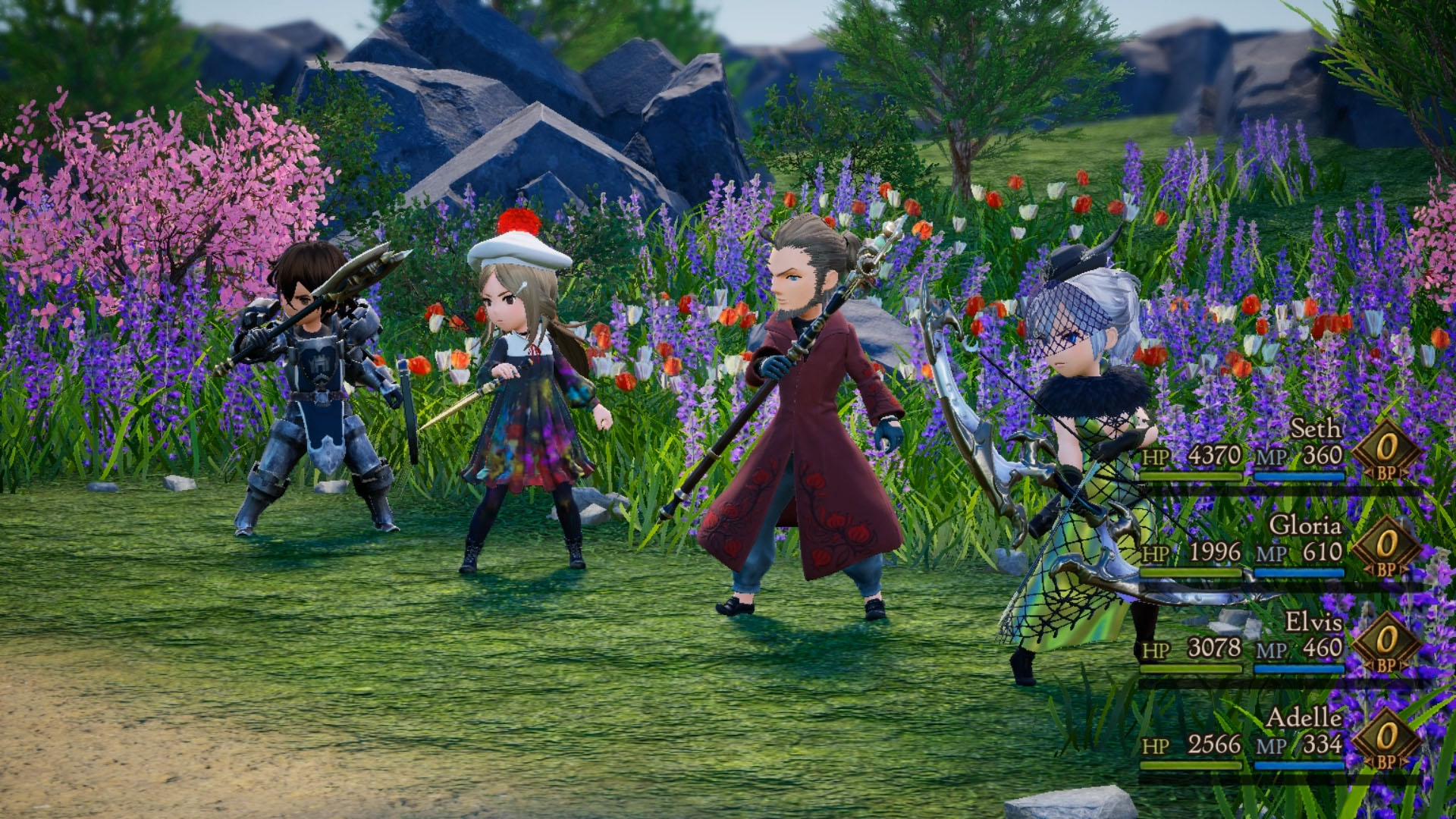
Unlike many other RPGs, Bravely Default II delves into the corruption power brings and the betrayals that come with it. While there are plenty of happy moments and heapings of comradery, the story often focuses on more solemn subjects such as loss. It can be easy for stories to fall into melodrama when dealing with weightier subject matter, but the story in Bravely Default II does a good job at avoiding melodrama and instead feeling appropriately forlorn when necessary. I went in expecting a relatively average story from the game but was surprised to find that it was deeply engrossing and motivated me to continue playing.
A large reason for the story of Bravely Default II being so engrossing comes from the quality of its main characters. Each of its characters have distinct personalities and motivations, be that Gloria’s quest to reclaim her lost birthright or Elvis’s quest for knowledge. As you progress through the story you learn more about them, as their relationships grow, and any flaws become apparent. They are well thought out and make progressing through the game a joy. Conversely, the game’s villains are slightly less developed, but still enough to present a compelling threat.
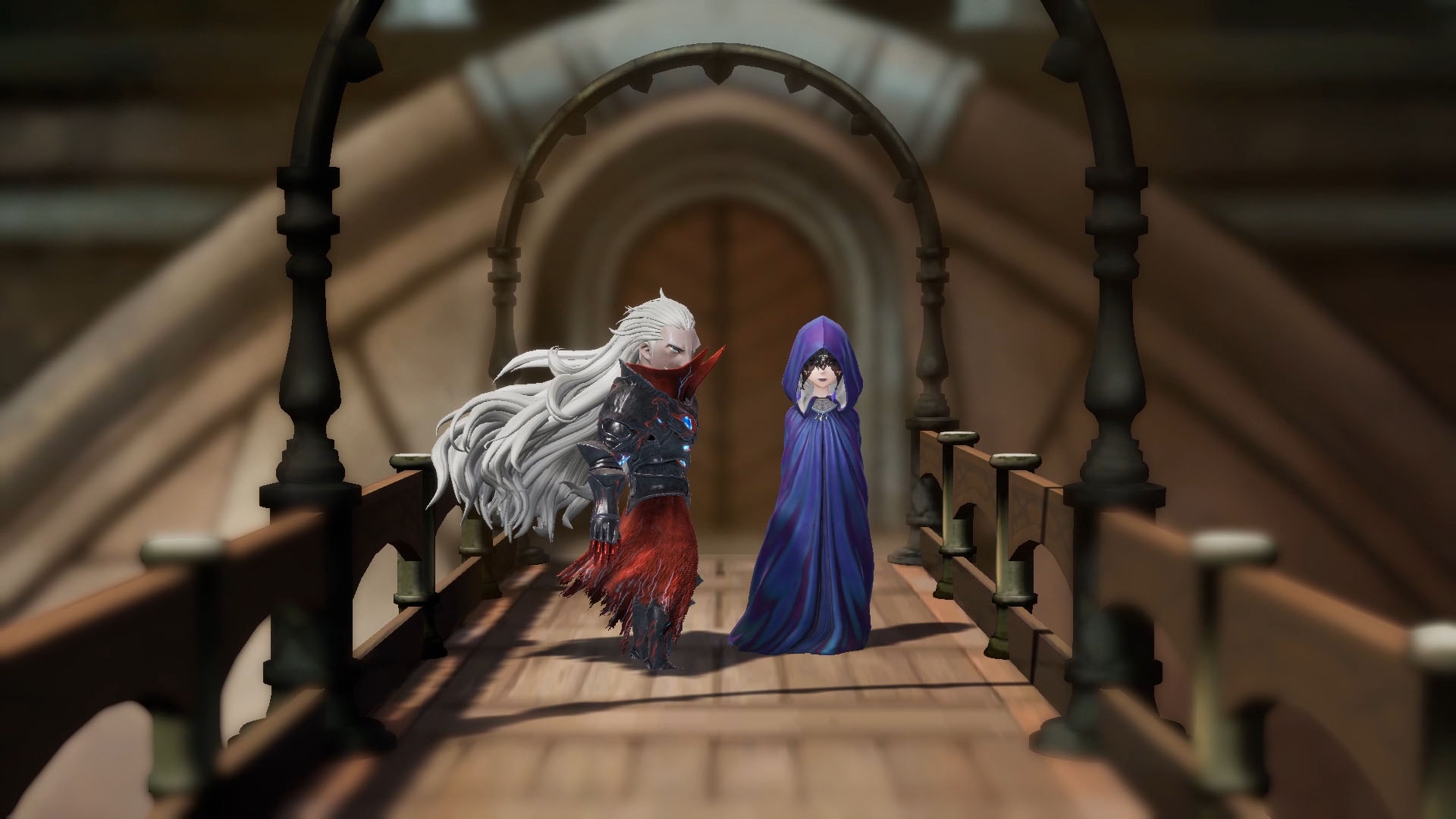
Beyond its story, where Bravely Default II shines is in its combat systems. For the uninitiated, the Brave system is a combat mechanic that effectively allows you to go into a turn deficit to unleash multiple attacks upfront. You can spend up to three BP (Brave Points), allowing you to unleash four turns worth of attacks at once. What this does, is then leave you vulnerable to enemy attacks for the next three turns, unless you had built up your BP by Defaulting (guarding and banking one BP). While it allows you to quickly unleash damage, it can also lead to you getting totally wiped out by enemies if you are not careful.
This is especially true in the game’s boss battles, which can present a massive challenge. It is not uncommon to go into a boss battle only to be wiped out early on. It never feels unfair though, as this generally occurs because you overstretched and left yourself vulnerable or you just had not learnt the tells or patterns the boss tended to use. Using caution early on, banking BP and watching the boss before unleashing hell on them, is a very useful tactic and allows you to formulate a strategy while limiting damage and banking a useable resource. Bosses felt like a true challenge and overcoming them felt like an accomplishment.
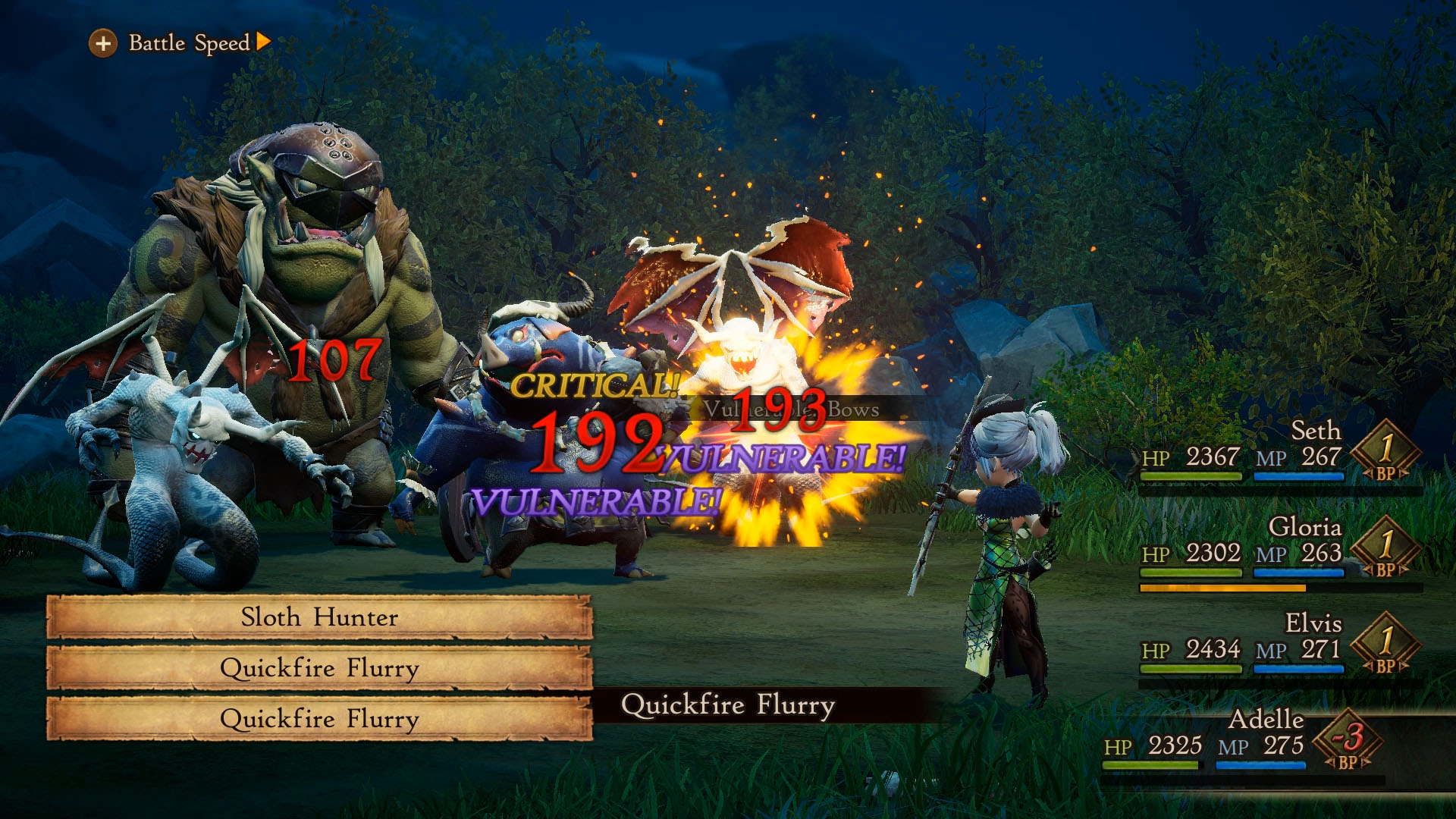
Where the game’s difficulty can begin to fall apart, however, is in how exploitable its job system can become. Much like Bravely Default and Final Fantasy V before it, Bravely Default II features a job system. As you progress through the game, you will find Asterisks, which unlock new jobs for your characters to swap to. Each job feels unique, with different battle commands and passive abilities that you can unlock. While it is fun to swap between jobs and learn new abilities, it can sometimes feel like a grind as you spend hours and hours defeating enemies to earn JP and level up. There is always a benefit to mastering a job though, as a special passive ability is unlocked when you do.
Where it really begins to fall apart is in the final ability of the Freelancer class. The game’s jack of all trades class unlocks a passive ability that boost your stats based on the number of jobs you have mastered. While it is not necessarily a massive boost early on, once you have mastered a few jobs it becomes apparent that the Freelancer’s stats are then higher than just about every other job and only ever increasing. It is meant as a reward for putting in the time to master multiple jobs, but quickly trivialises the actual use of those other jobs. You can find yourself falling into a loop where you purely use a class for long enough to master it, and then immediately walk away from it to start on the next one. It also means that, if you feel like spending the hours grinding, you can boost your stats high enough to start trivialising some of the game’s inherent challenge. A bit more balance here would have gone a long way, but it is not necessarily an experience killer.
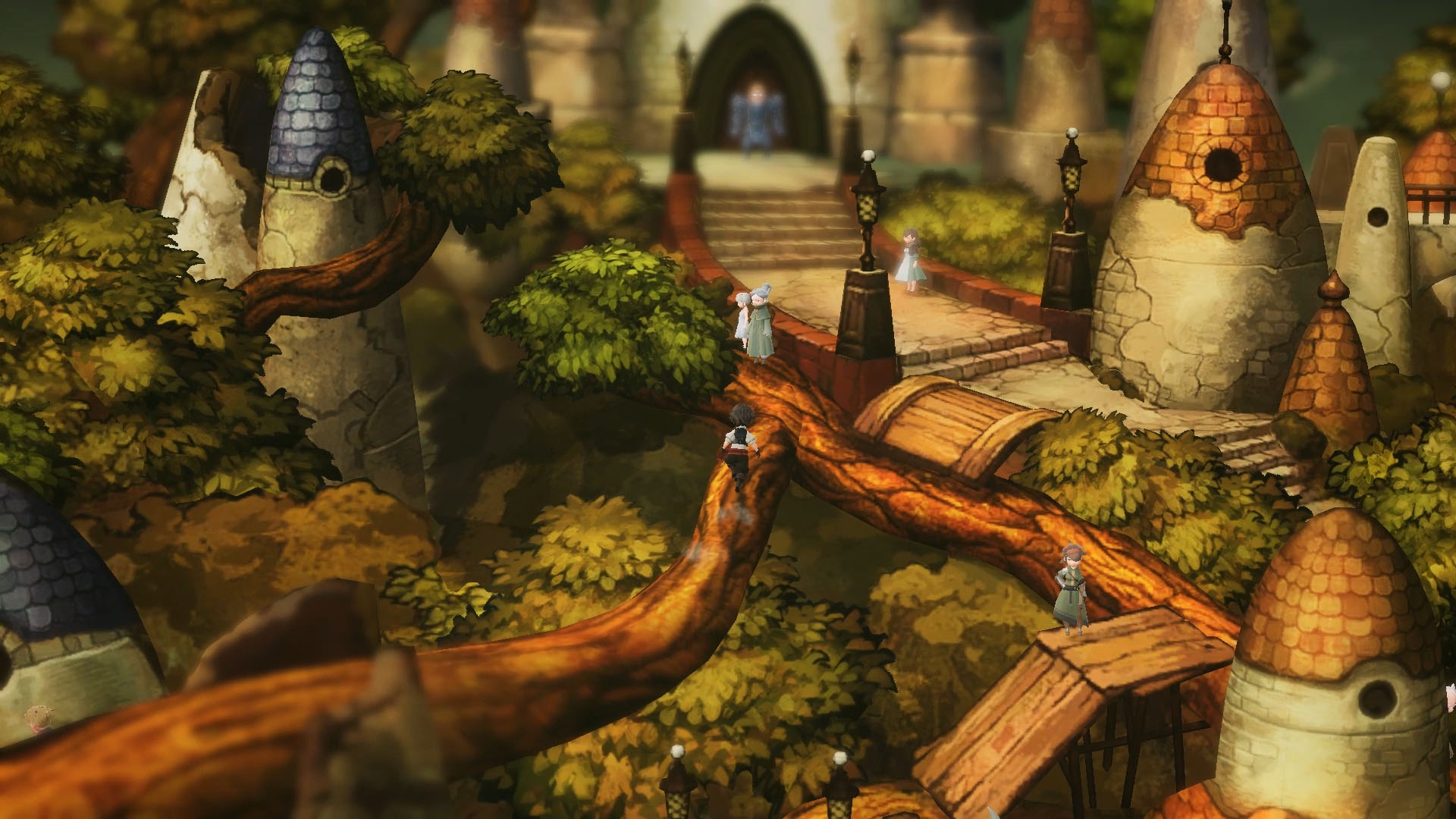
Where the lustre really starts to wear off in Bravely Default II is in the game’s side quests. While the main story itself is fantastic, the game’s side quests largely fall into the realm of fetch quests and kill sprees. While there is the odd quest that is more story focused, most of them have you delivering packages to other areas, killing a certain number of enemies, collecting a certain number of items or killing a specific powered-up enemy. Often, the rewards for completing these quests are lacklustre as well, not really giving you something special enough to justify the time sunk. Conversely, the Voyage system, which allows you to earn items and rewards while the game is in a suspended state, is a welcome side activity that benefits you leaving the game running in the background while you are asleep or out.
Graphically, Bravely Default II is a mixed bag. The game’s environments can often beautiful and a pleasure to look at, with the zoomed-out camera allowing the painterly style to truly pop when it is there, however its characters are anything but. The weird emotionless eyes, unusual proportions and jagged/shimmery edges are off putting and would sometimes pull me out of the experience. There are also plenty of jagged edges in the world as well, which are especially noticeable when playing in docked mode, as the bigger screen blows up what seems to be either poor aliasing or resolution. Given we have seen much better looking games on the system, there is no doubt in my mind that this comes down to a limited budget, rather than technical limitations, which is disappointing.
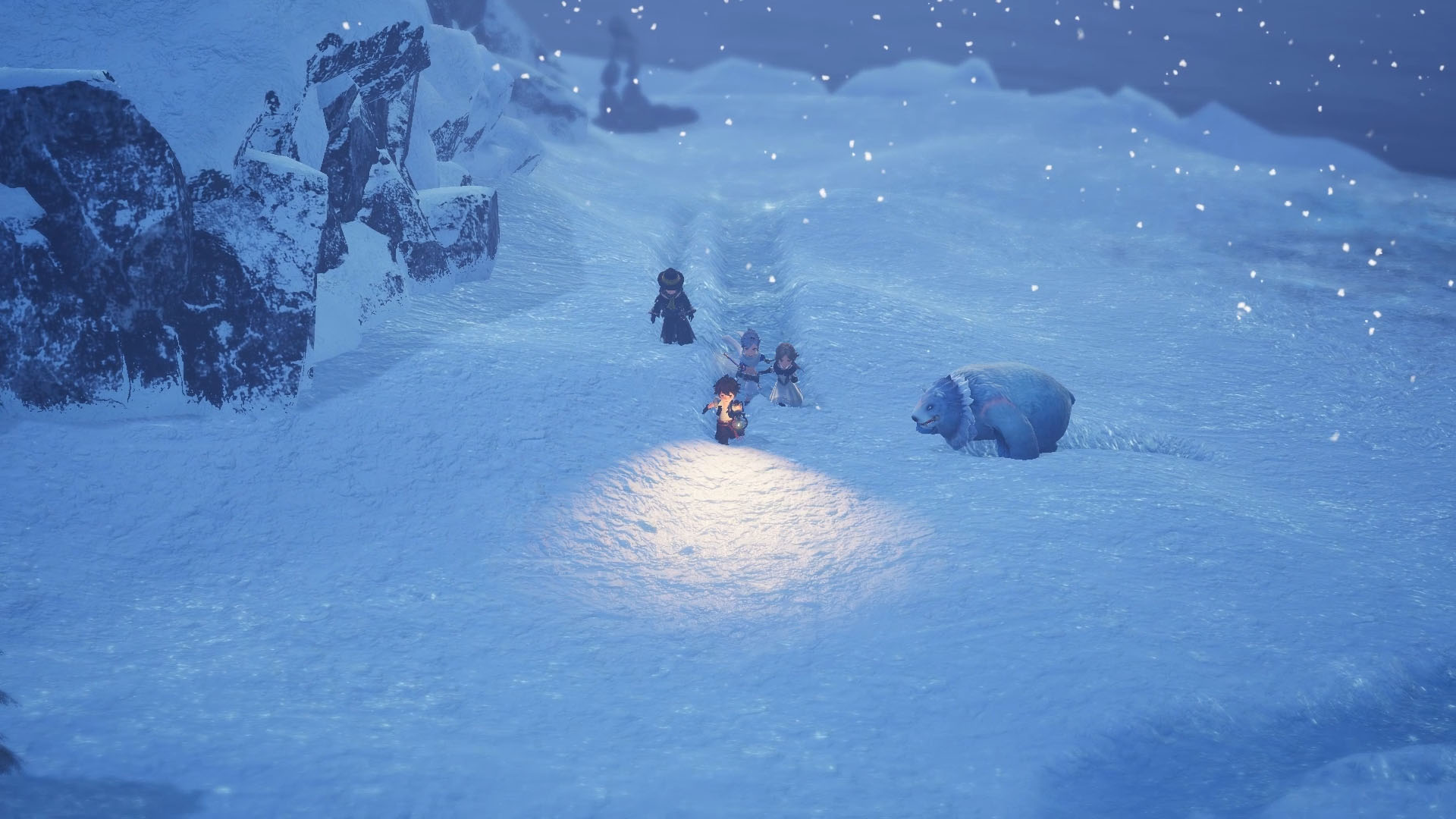
Conversely, the music in Bravely Default II is nothing short of fantastic. This is especially true of the game’s battle and boss themes, which provide heapings of pomp and energy to any encounter you have. The environment themes are much lighter, but immensely help establish a feeling of journeying across the world, while the score is used to fantastic effect during story sequences.
Bravely Default II is almost everything I want from a modern turn based RPG. It has an engrossing story, a fair but challenging difficulty level, interesting mechanics and a style and score that pulled me in. There are a couple of issues with jagged graphics in docked mode, exploitable job systems and lacklustre side quests, but these don’t detract enough from the overall experience to be a real problem. At the end of the day, Bravely Default II is an amazing RPG that you should not miss.
Bravely Default II was played on both a regular Nintendo Switch and a Nintendo Switch Lite with a review copy provided by Nintendo. For more information, check the official website.
- Brave system is absolutely fantastic - Story is well written and engrossing - Main characters are interesting and developed - Game is challenging without feeling unfair
- Character models are somewhat off putting - Side quests are pretty lacklustre

